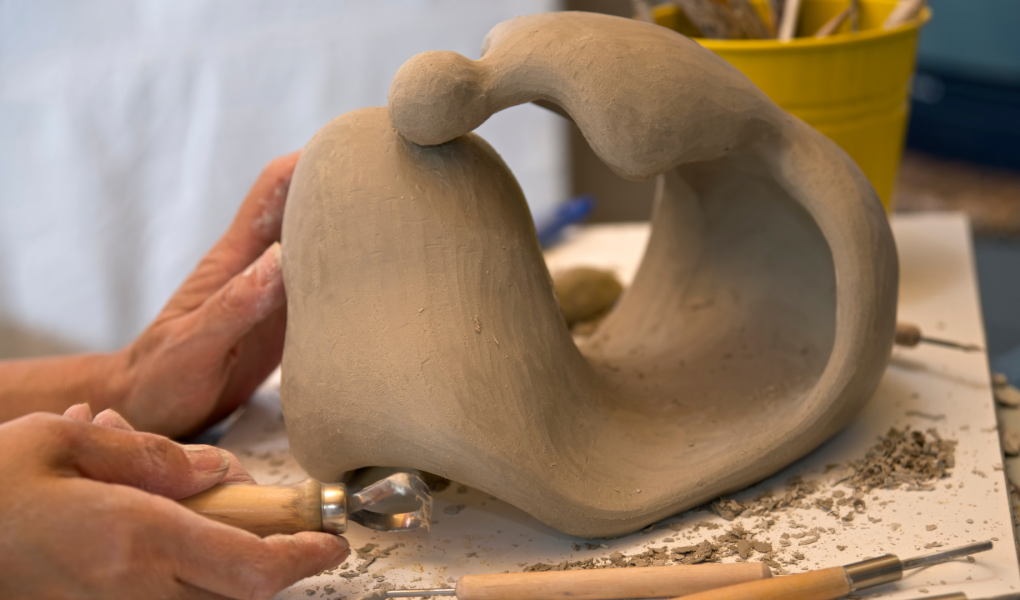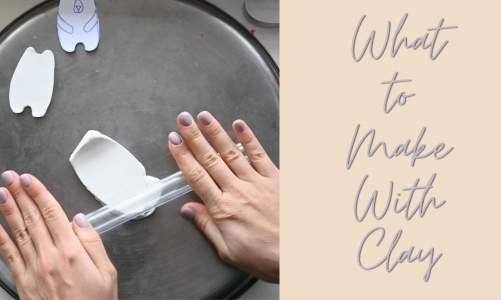Art can be many things, but sculpture is a type of art that is especially good at expressing a specific set of ideas. Depending on the type of sculpture you are creating, you might use clay, wood, metal, glass, or even marble, but there is one material that often goes overlooked: Styrofoam.
Sculpture is an art form that combines art, technology, and design. The process involves the use of three-dimensional objects to create figures, scenes, and environments. Sculpture is often created outdoors, in parks or gardens, or indoors in galleries, museums, and public art spaces.
Sculpting has been around for thousands of years but carving into material with sharp tools can be controversial. In 2009, the October issue of National Geographic magazine featured a controversial article on the art of sculpting entitled “Dangerous Art.” The article critiqued sculptors who create large statues in public spaces and focused on those artists who create large animal sculptures in remote locations.
Sculpture has been around for thousands of years, and diverse cultures have developed their own techniques and styles. Today, there are numerous sculpting techniques, and 3D sculpting, in particular, has been used to create everything from life-size statues to intricate sculptures for homes and museums.
It is characterized using various materials such as clay, plastics, metal, stone, and wood. Sculptures can be created in any shape, size, or material. They can also be placed in different indoor and outdoor locations. Sculptures are created by carving, casting, molding, and forming various materials.
Sculpture is a technique of creating art from inanimate objects. Sculpture dates back to the 1800s and has never been more popular. From miniature sculptures of everyday objects to gigantic installations, the sculpture now holds a respected place in the world of art.
Artists often study this technique during their initial years of study. Not only is it a deeply satisfying way to explore human anatomy, but sculpture is also a useful way to challenge our perceptions of physical reality. By challenging our perceptions of the world, the sculpture also encourages us to look at ourselves in new ways.
Sculpture is a type of art that requires you to mold varied materials to create a sculpture physically. So, what is the appeal of sculpture? The art is unique and unlike any other. The lines, curves, and details in the sculptures make them that much more appealing. Sculptures vary in style, but many sculptures depict human figures or animals.
The sculpture is an art technique that must not be forgotten because it is truly a beautiful form of art. Sculpture is a form of art that depicts some life-like objects. Sculptures have the power to transform a piece of stone, clay, wood, or other materials into a three-dimensional artwork.
Sculpture is art, and art must be studied. It should not be forgotten or overlooked. Sculpture is an art technique that forms objects that stand as pictures, which may be touched, and that may be held. Sculpture has its origins in antiquity and is found in many of the world’s ancient cultures. Sculpture was common during the Greek and Egyptian civilizations and was built from stone, clay, wax, and bronze.
Its earliest forms can be found in ancient civilizations, and today it is still an important, albeit less famous, a form of art. The origins of sculpting are disputed, but one of the original forms was modeling clay. The Egyptians and Greeks both made sculptures from clay and stone. In the late 1700s, sculptors began using plaster of Paris for their creations.
The ancient Egyptians were one of the first cultures to use sculpture and, for many, the first to perfect it. In fact, the Ancient Egyptians were known for their appreciation of sculpture and for making and discovering numerous different sculpting techniques. One such ancient technique still used today is called plastiline, which, for those who do not speak the language of ancient Egyptians, means “fleshline.” Sculptors would use this technique by carving and sculpting forms that were life-size but using materials such as clay and wax instead of flesh. The sculptures would then be left to dry in the open and harden in the sun. Egyptians would use this technique to make statues, busts, and other forms of art.




